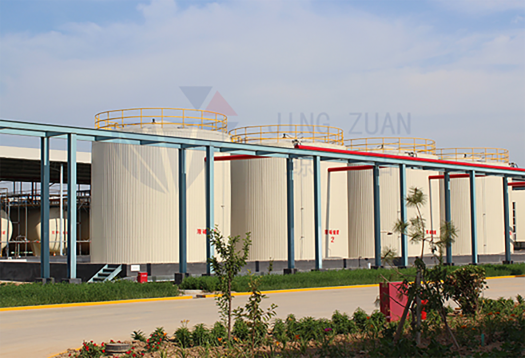
Jul . 20, 2024 13:19 Back to list
Exploring the Impact of HPMC Concentration on Solution Viscosity in Various Applications
Understanding HPMC Viscosity A Key Factor in Formulation
Hydroxypropyl methylcellulose (HPMC) is a cellulose derivative that has gained significant attention in various industries, particularly in pharmaceuticals, food, and construction. One of the integral properties of HPMC is its viscosity, which plays a crucial role in its functionality and application. In this article, we will delve into the importance of HPMC viscosity, how it is measured, and its implications in different fields.
The Importance of Viscosity
Viscosity refers to a fluid's resistance to flow; in the case of HPMC, it indicates how easily a solution can move when force is applied. This property is particularly critical in pharmaceutical formulations. For instance, in drug delivery systems, the viscosity of HPMC solutions affects the release profile of active ingredients in the body. A higher viscosity can slow the release of the drug, offering a controlled release mechanism, while a lower viscosity may lead to a more rapid release.
Moreover, in the food industry, HPMC is often used as a thickening agent, stabilizer, or emulsifier. In these applications, its viscosity significantly influences the texture and mouthfeel of food products. A thicker consistency can enhance mouthfeel in sauces and dressings, while in baked goods, it can improve moisture retention and shelf life.
Measuring HPMC Viscosity
The viscosity of HPMC can be influenced by several factors, including concentration, molecular weight, temperature, and the pH of the solution. One common method for measuring viscosity is using a viscometer, which evaluates how a fluid flows under specific conditions. The relationship between shear stress and shear rate in HPMC solutions is often non-linear due to the polymer's high molecular weight.
To standardize and classify HPMC products, manufacturers often provide viscosity information at specific concentrations, typically 2% (w/v) in water at 20°C. The viscosity is reported in centipoise (cP) or millipascal seconds (mPa·s). This standardized measurement allows formulators to select the appropriate grade of HPMC for their specific application, ensuring optimal performance.
hpmc viscosity

Applications in Various Industries
1. Pharmaceuticals In the pharmaceutical industry, HPMC is widely used in tablet formulations, where its viscosity contributes to the compressibility and disintegration of the tablets. It is also employed in controlled drug release systems, where the viscosity ensures sustained release, improving therapeutic outcomes.
2. Cosmetics and Personal Care HPMC serves as a thickening agent in creams, lotions, and gels, where its viscosity aids in achieving the desired consistency and stability of formulations. It also enhances the product's sensory attributes, contributing to a pleasant application experience.
3. Construction In construction, HPMC is utilized in cement-based products, such as tile adhesives and joint fillers. The viscosity of HPMC modifies the workability and adhesion properties of these materials, making them easier to apply while enhancing their performance.
4. Food Industry HPMC plays a vital role in food applications where viscosity affects the texture and stability of products like sauces, soups, and dairy items. It helps in maintaining emulsions and preventing separation, ensuring the quality of food products.
Conclusion
Understanding HPMC viscosity is paramount for formulators across diverse industries. Its influence on the performance and stability of products cannot be overstated, making it a crucial consideration in product development. By selecting the appropriate viscosity grade of HPMC, manufacturers can optimize their formulations to meet the desired application requirements, enhance consumer experience, and ensure product efficacy. As research continues to explore the versatility of HPMC, its significance in formulation science will likely grow, leading to advancements and innovations across various fields.
-
Versatile Hpmc Uses in Different Industries
NewsJun.19,2025
-
Redispersible Powder's Role in Enhancing Durability of Construction Products
NewsJun.19,2025
-
Hydroxyethyl Cellulose Applications Driving Green Industrial Processes
NewsJun.19,2025
-
Exploring Different Redispersible Polymer Powder
NewsJun.19,2025
-
Choosing the Right Mortar Bonding Agent
NewsJun.19,2025
-
Applications and Significance of China Hpmc in Modern Industries
NewsJun.19,2025







